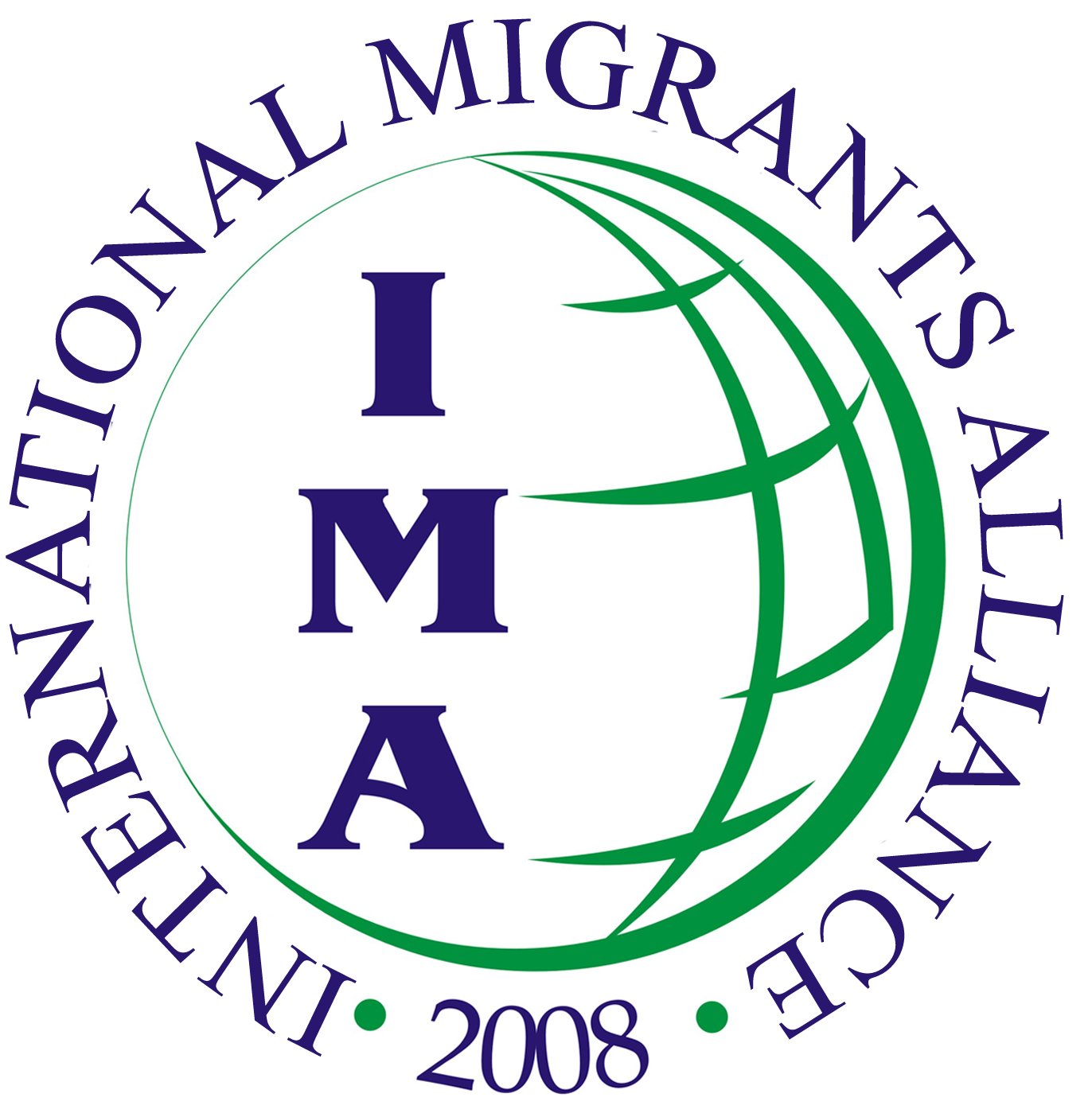[ARTICLE] The Rohingya Refugee Situation In Bangladesh
On February 25th 2024, the International Migrants Alliance (IMA) and the Asia Pacific Refugee Research Network (APRRN) held their second joint webinar on the situation of Rohingya refugees, this time focusing on the refugees currently in Cox’s Bazar, Bangladesh.
This webinar was hosted online via ZOOM, moderated by Klaus Dik Nielsen–Co-secretary General of APRRN. Our guest speakers were: Hafsar Tameesuddin of Asia Pacific Refugee Rights Network (APRRN), Saiful Hoque of Rohingya Union for Justice and Rights and Pervez Siddique of Film 4 Peace (F4P) Foundation, Bangladesh.
Hafsar began by discussing the historical context of the Rohingya in Myanmar, and how their genocide came to be recognised in the international community. The first mass displacement of the Rohingya who fled to Bangladesh began in 1978. The human rights violations against the Rohingya were not known outside of Myanmar, until 2012 when there were mass killings between Rohingyas, Buddhist Rakhine, ethnic groups and the military. This incident was followed by thousands of Rohingyas fleeing to Bangladesh and other neighbouring countries.
In 2017 another massacre and genocidal acts committed against the Rohingya then resulted in 80,000 Rohingyas again fleeing to Bangladesh, Thailand and other neighbouring countries. However, when it comes to taking a strong stance against Myanmar, many countries remain silent due to the geopolitic, dynamic and economic interests and diplomatic ties. Particularly ASEAN is not very vocal in terms of speaking up for the Rohingya, in line with their ludicrous “non interference policy”. There is always hesitation when it comes to giving the very basic human rights to Rohingyas and other refugees; such as access to education, medication, legal protection, and work.
The situation of Rohingya in Bangladesh is now getting better in many ways, such as infrastructure and security. Hafsar ended their talk by stating that we must take a bold stance against Rohingyas’ prosecution, and address the root cause of why people are fleeing to find a sustainable and comprehensive solution.
Pervez Siddique followed Hafsar by detailing the history and events from the Bangladesh perspective; how the Rohingya have been received, placed and assisted there. During the waves of Rohingya people fleeing Myanmar from the 70s until now, it is the host community people of Bangladesh who have been receiving the Rohingya people at the border. The UN and international community have been largely absent.
The local communities in Bangladesh have been providing food and spaces for Rohingya refugees to stay. The people of Bangladesh also have been pressuring the government of Bangladesh to open the borders between Myanmar and Bangladesh. During the global COVID crisis in 2020, all international actors such as the UN, abandoned their operations in the camps. So again it was the Rohingya people and the host communities who supported themselves and each other for two years.The international community must give Rohingya people the tools to tackle their problems by themselves; because in past situations like COVID, support was not there, and will not be there in the future. So we must empower the people who are living there to take care of themselves.
Lastly, Saiful Hoque shared the conditions in the refugee camp at Cox’s Bazar during his 6 years there. Having just left the camp in December last year, he has been able to resettle in the US. In 2017, he and many others fled their motherland. The local community in Cox’s Bazar were very helpful; feeding and providing as much as they can. In the beginning when they arrived there, there were no shelters and only trees; so people cut the trees and made their shelters with trees and plastic. They started receiving humanitarian aid to survive in the camp; but these are shelters, they are not homes.
The shelters where they live are very small and very crowded. There are too many people in one location. What they are hoping is for the international community to know their situation; that they are not residents of Bangladesh, and they want to go back home. During the last 6 years, they have faced many difficulties with regards to food, water, sanitation, health issues, and education𑁋particularly for the children. Education is a major problem. Children cannot get formal education. There are also safety issues in the camps; smugglers, drug dealers and gang violence traumatise the women and children. Medical treatment is also very limited in the camps.
During the open forum, questions and commentaries were made around the International Refugee Protection Framework, the role of the Bangladeshi government and the importance of raising awareness and cultivating social acceptance in refugee-host communities. The speakers agreed that education and language learning are needed to ensure that Rohingya refugees have a chance to contribute their skills/abilities to the communities, avoid hate crimes, and find respectable jobs to fulfill their needs while they campaign and work towards returning back to their home country.
